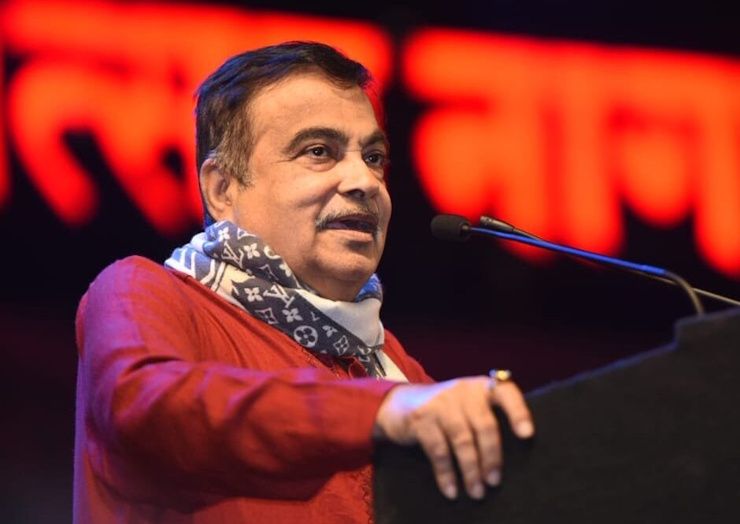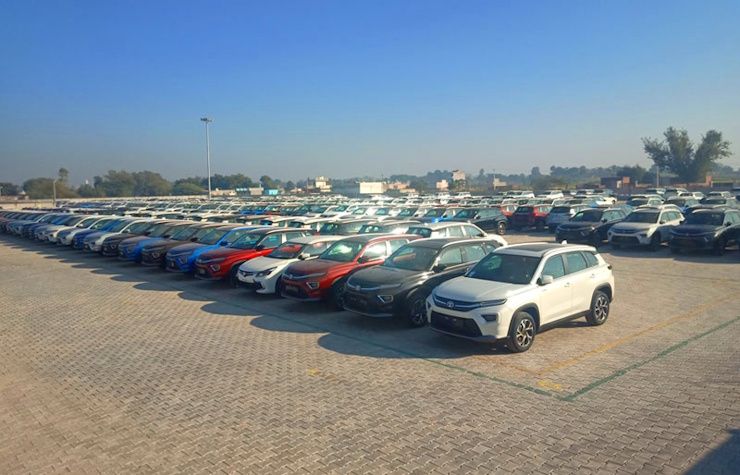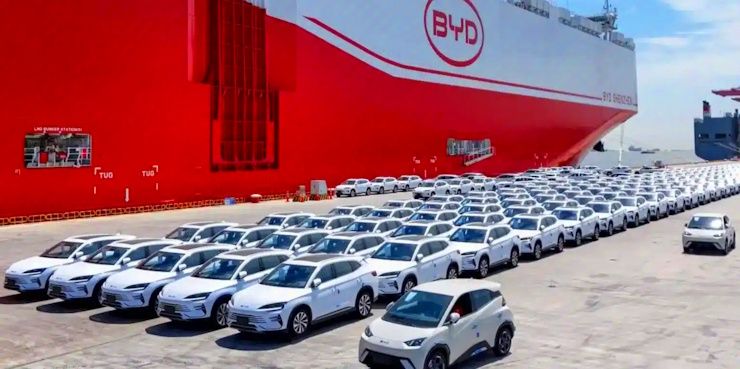India's Auto Industry To Beat US And Chinese Auto Industries In 5 Years: Transport Minister Nitin Gadkari


Union Minister Nitin Gadkari has said India will become the world’s largest automobile industry within five years, surpassing both the United States and China. The statement came at the launch of a joint EICI-KPMG report on 19 August 2025 and has generated debate on the feasibility of the target.

India’s auto sector has grown rapidly in the past decade. When Gadkari took charge of the transport ministry in 2014, the industry was valued at about ₹7.5 lakh crore. Today, it stands at close to ₹22 lakh crore, reflecting steady 10 percent growth in passenger cars, two-wheelers and commercial vehicles. However, once you adjust for inflation, the number drops to just 5.3 percent per annum.
The global benchmarks remain far higher. China’s auto industry generated around 10.6 trillion yuan in 2024, or roughly $1.5 trillion. In the U.S., motor-vehicle and parts manufacturing shipments total about $850–900 billion annually, while franchised light-vehicle dealers report retail sales exceeding $1.2 trillion. India’s turnover, at about $240 billion, is much smaller by comparison.

In 2024, passenger car sales touched 4.3 million units, with SUVs accounting for nearly two-thirds of the total. Two-wheelers crossed 19.5 million units, while commercial vehicle volumes approached one million. India has also overtaken Japan to become the world’s third-largest market, producing about 4 million vehicles annually.
The auto industry already accounts for almost half of India’s manufacturing GDP and about 7 per cent of the overall economy. These figures underscore its central role in growth and job creation. Yet analysts caution that reaching global leadership in five years would require an unprecedented leap. To catch up with U.S. manufacturing scale, India would need compound annual growth of nearly 30 per cent. To match China’s $1.5 trillion size, the required pace rises to more than 40 per cent annually.

Government investment in infrastructure has improved supply chain efficiency. Logistics costs, once 16 per cent of GDP, have been reduced to 10 per cent through highways and freight corridors, with a stated aim to bring them down to single digits. Lower logistics costs improve competitiveness for both domestic sales and exports.
Economic fundamentals also support a long-term expansion. India’s GDP is expected to grow at about 6 per cent per year through the next decade, while per capita incomes could almost double by 2035. Passenger vehicle penetration remains low, at about 44 vehicles per 1,000 adults, and is projected to rise steadily with urbanisation and income growth. For this to happen, the middle class has to grow but in reality wages aren’t growing and new job creation is largely in low-end jobs.
Global automakers such as Hyundai, Nissan, Toyota, Volkswagen and Maruti Suzuki have expanded manufacturing in India, drawn by cost advantages and a large engineering base. Exports, which once peaked above $14 billion, dipped during global disruptions but have begun to recover. Recent KPMG data shows registrations of 26 million vehicles in FY25, with rural markets driving strong demand for two-wheelers and three-wheelers.
Technology will shape the industry’s next phase. The electric vehicle segment, valued at $2 billion in 2023, is expected to triple in size by 2025. India is also pushing ethanol, biodiesel and other alternative fuels in line with sustainability goals. Connected car technologies, AI-based vehicle systems and 5G integration are beginning to enter the mainstream, with the passenger car market projected to exceed $55 billion by 2027. These innovations could allow India to leapfrog some stages of development and build competitive advantage.

If the future of the global auto industry rests on electrification, India’s challenge becomes sharper. China already accounts for more than half of global EV sales, producing over 9 million electric cars in 2023 alone. It controls much of the global battery supply chain, from mining and refining critical minerals to large-scale cell manufacturing. Companies such as BYD, CATL and SAIC dominate both the domestic and international EV market.
India’s EV market is growing fast but remains small in absolute terms. EV penetration in passenger vehicles is still in single digits, and annual sales are counted in the hundreds of thousands, not millions. While government incentives under FAME-II and state EV policies have improved adoption, supply-side capacity remains modest. India lacks large-scale domestic cell manufacturing, though initiatives like the Production Linked Incentive (PLI) scheme for advanced chemistry cells are beginning to attract investment.
On cost competitiveness, Chinese EV makers benefit from integrated supply chains and global scale, allowing them to export aggressively. India, by contrast, relies heavily on imported cells and components, keeping costs higher. However, India has strengths in small electric two-wheelers and three-wheelers, which are seeing rapid adoption in urban and semi-urban markets. These segments could provide a pathway for India to scale EV manufacturing more quickly than in passenger cars.
For India to match China in EVs, it would need large-scale battery production, faster charging infrastructure rollout, and more investment in R&D. While catching up fully in five years is unrealistic, building competitiveness in specific EV niches and accelerating localisation of components could narrow the gap.
While Gadkari’s target is ambitious, structural realities suggest a more gradual trajectory. India’s auto sector is unlikely to overtake the U.S. or China by sheer size in five years. A more realistic growth rate of 10–15 per cent annually would still position India as one of the fastest-growing auto markets globally. It would also allow time to expand manufacturing capacity, strengthen the supply chain and build competitiveness in electric and connected mobility.
Global factors may work in India’s favour. China’s auto market is maturing, facing demographic and economic headwinds, while supply chains are being diversified amid geopolitical tensions. India could benefit from fresh investments as companies look to balance their global production bases. At the same time, competition from Southeast Asian countries such as Thailand, Vietnam and Indonesia remains strong.